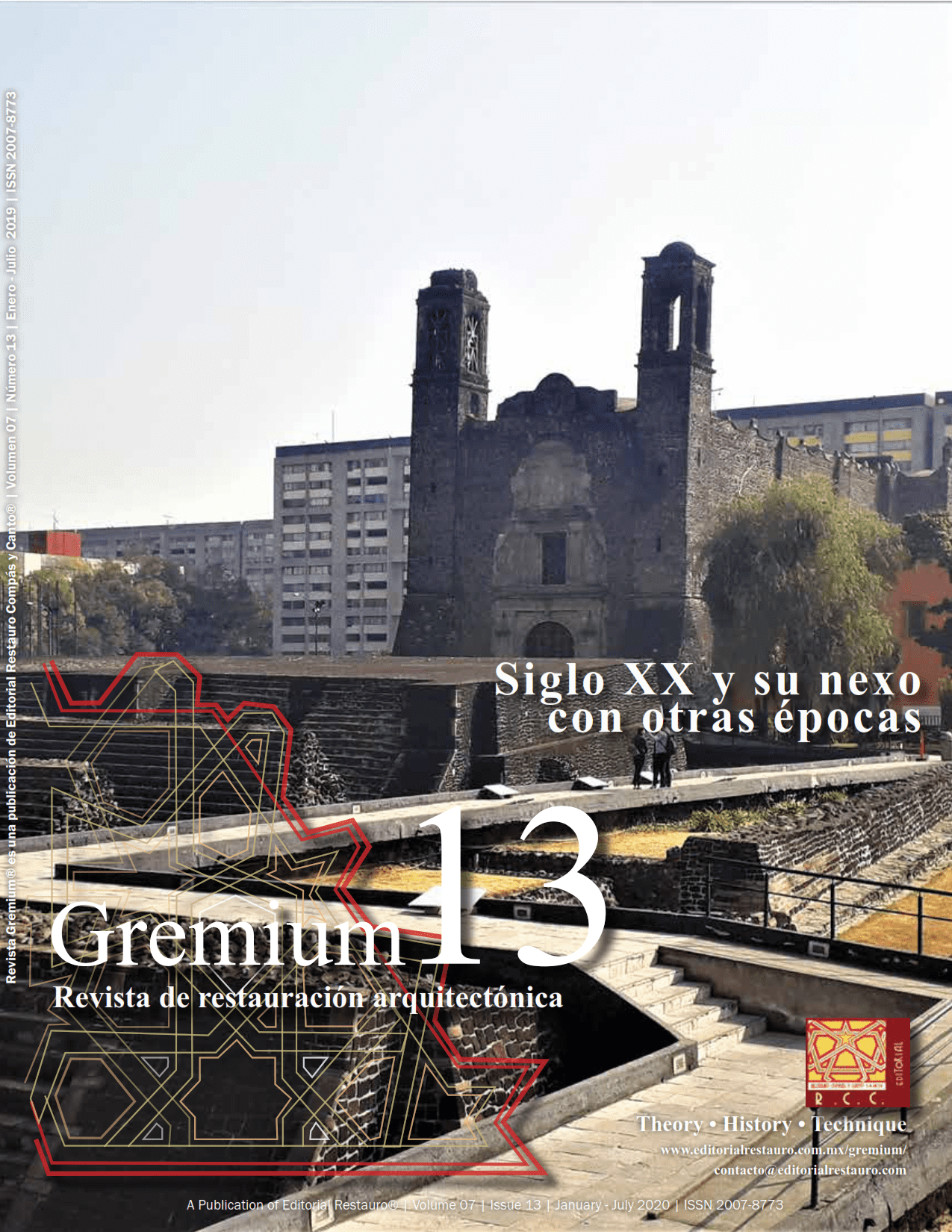Tlatelolco. Urban and architectural decadency of a symbolic project of Modernism.
DOI:
https://doi.org/10.56039/rgn13a04Keywords:
modern architecture, urban project, patrimonial deteriorationAbstract
This study references to President Adolfo López Mateos Urban Complex. Tlatelolco is one of the most emblematic housing developments of Modernism. Created by Mario Pani, it is a icon of the functionalist movement. The project was born in the premise of community life, where the design of broad spaces would push to solidarity social relationships with the tendency to strengthen the sense of identity and heritage conservation. However, the ideal of living in a collective communities has created frictions and disputes regarding the use of common areas, in addition to the problem associated with the high cost of building maintenance and infrastructure service. The 1985 earthquake of Mexico City, is another factor that contributed to the modification of structural and sapatial of the project, to such a degree that many buildings were demolished and the arrival of new settlers fragmented the relationship among neighbors. So, this housing complex, designed with the idea of urban regeneration of the city and accommodate thousands of families, it shows signs that point towards a frank process of deterioration that can leads to the urban decay of the project. In this sense, the objective of the study is to recognize neighborhood participation as a key element that can contribute favorably or unfavorably in the preservation of architectural heritage. The results of the research are supported by empirical evidence through interviews with key actors in the housing complex.
Downloads
Downloads
Published
Issue
Section
License

This work is licensed under a Creative Commons Attribution-NonCommercial-ShareAlike 4.0 International License.























